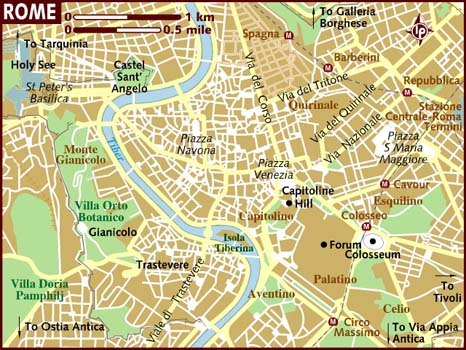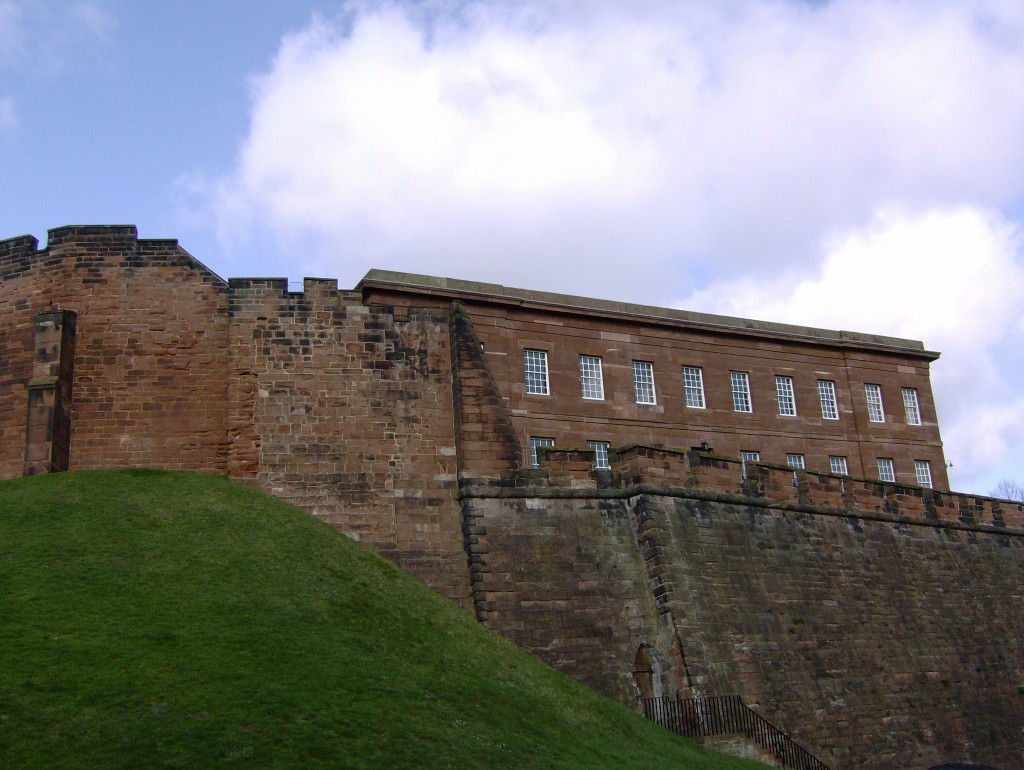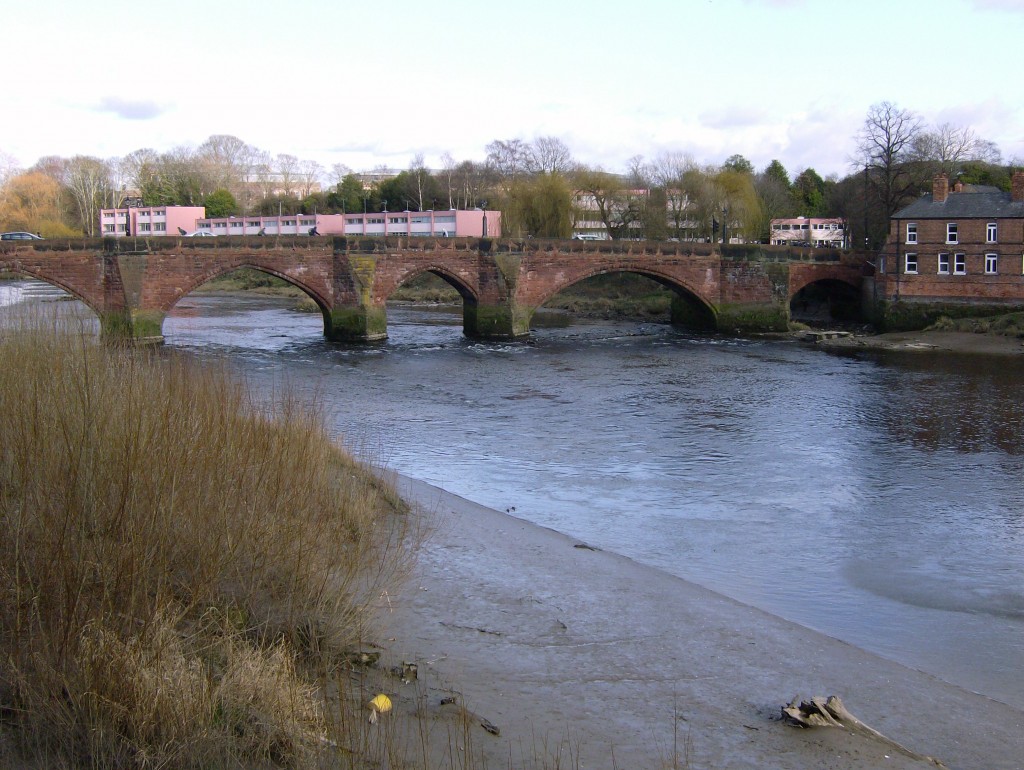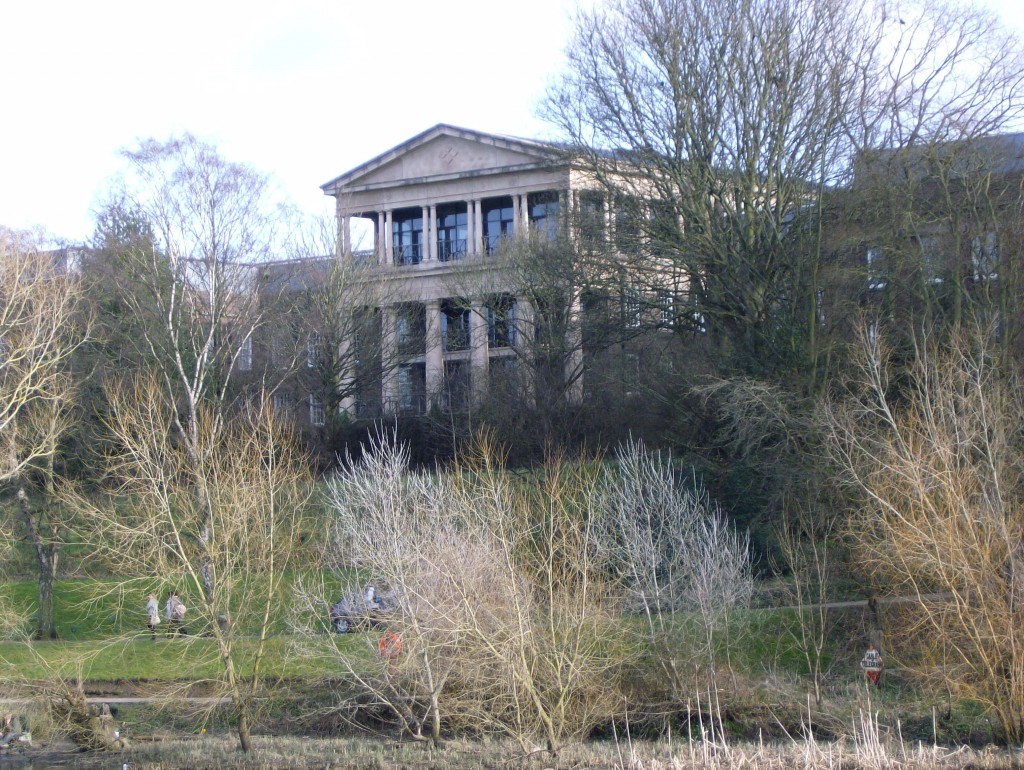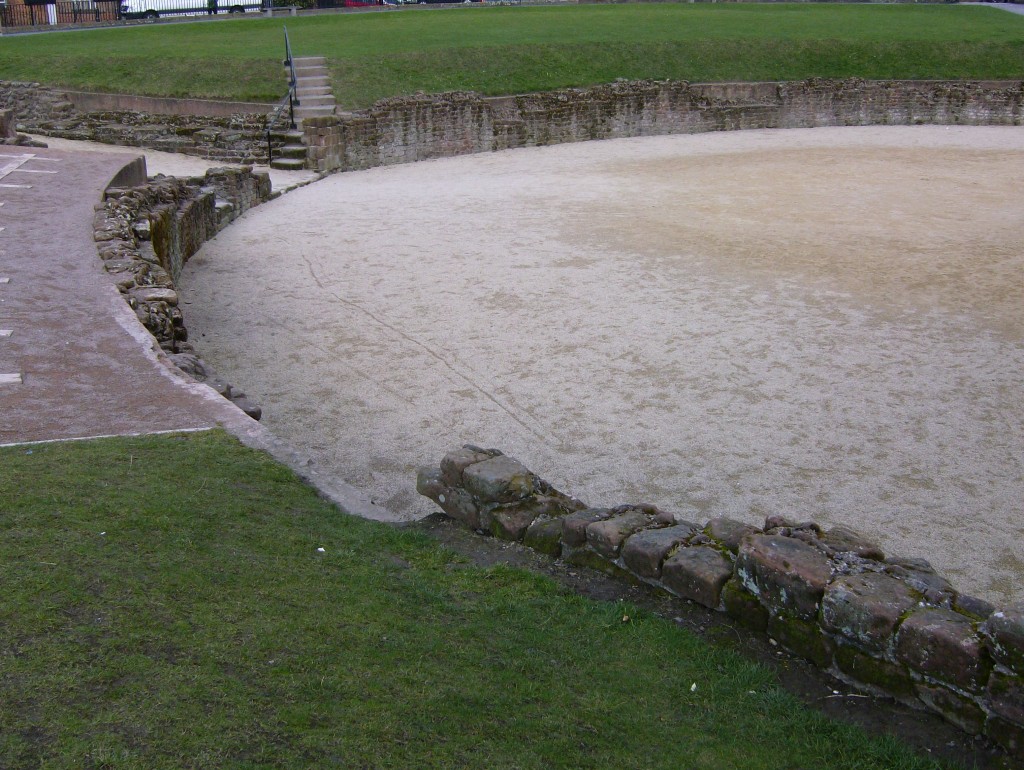Deva Victrix: outpost of the Roman Empire, bulwark against the raiding Brigantes and garrison home of the Legio XX Valeria Victrix. Nowadays known as Chester.
A day out in Chester offers the opportunity to explore the city: to walk its psychogeographical contours. I take the view that deliberately wandering in a state of disorientation can actually enhance one’s understanding of an urban landscape; that it can often provoke strange and unexpected insights at a subjective level. So, what better way to explore the Roman city of Chester than with a map of Rome.
Life can never be too disorientating.
Guy Debord
We begin our dérive at the Villa Borghese, near the Spanish Steps. It’s hard to bring an interpretive reading of the cityscape into focus with so many accumulated layers from nearly two thousand years of human activity in this place, one heaped upon the other. But the Roman city begins to articulate itself once we reach the city wall; a medieval top layer perched on the Roman bones beneath.
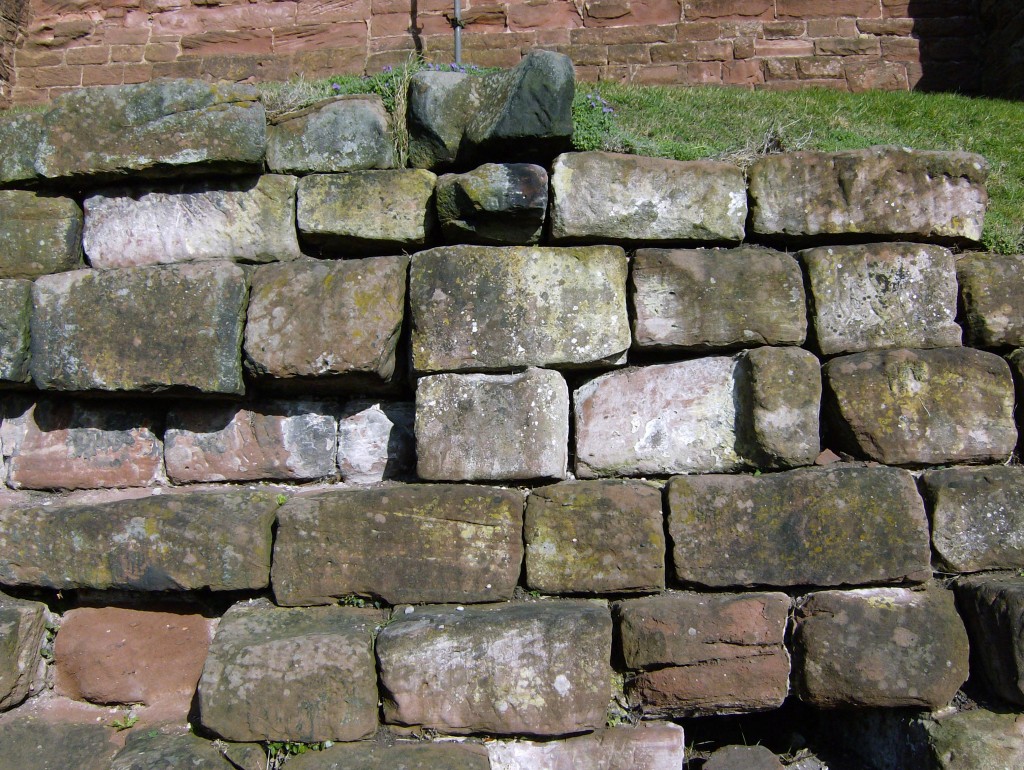 A Roman quay where the tidal River Dee once lapped at the city walls
A Roman quay where the tidal River Dee once lapped at the city walls
We follow the Servian Wall to the Capitoline Hill and the Palazzo Venezia, notorious as the one time residence of Il Duce.
Mussolini era monumentalism perched on top of ancient Roman ruins
To the west of the city the Tiber acts as both a defensive line and a commercial artery.
View from Isola Tiberina
We walk through Chester, using a map of Rome as our guide, deliberately trying to subvert our experience of the city; and in doing so attempting to provoke an unconscious détournment in how we see the landscape about us.
A temple dedicated to Diana
We end our walk at the Colosseum, scene of gladiatorial combat. Chester’s amphitheatre these days borders a vast shopping precinct, another expression of the commodification of human desires.

